The Great Stupa of Auspiciousness in Portugal
Fundraising campaign by
Centro de Retiros Thubten Phuntsog Gephel Ling
-
€27.00raised of €100,000.00 goal goal
Fundraising for Tashi Gomang Chöten
The Great Stupa of Auspiciousness
The "Many Doors" Stupa
The Tubthen Phuntsog Gephel Ling or in English “The Island where the Buddha's Teachings are Completely Present, thus Spreading Virtue”, name given by His Holiness Taklung Tsetrul Rinpoche, the Supreme Master of the Nyingmapa tradition, has recently started a project of enormous influence: the construction of a stupa has a symbol of the Buddha’s mind.
Known as Tashi Gomang Chöten, this particular form of Stupa is a celebration of the teachings of Dharma taught by Buddha Shakyamuni.
It is particularly good to celebrate the fact that those incredibly precious teachings have spread in this world and are still available up to our time.
For this reason, and many others, we intend to build one of the highest stupa ever built in the Western world. It will be 16 meters high and will contain a temple at the ground floor, dedicated to the Buddha´s deeds and teachings. This temple will be a special place to bestow refuge vows, as well as vows for self-liberation and other kinds of vow transmissions. It will also be a place where Buddhism will be taught.
The project for the construction of the Stupa has already been approved by the Alcácer do Sal City Hall, and we were given two years to finish its construction.
The Stupa will cost € 100 000 and its construction will be divided into three phases, one for each of its three floors.

(A similar Tashi Gomang Chöten in Crestone, Colorado)
The Origin of Stupas and its symbolism in Tibetan Buddhist Culture
After the death and attainment of Enlightenment or Parinirvana of the Buddha, his body was cremated and the fragments, bone, teeth, hair and clothes remains were distributed throughout the Buddhist world as relics. These were first placed at the top of tall mounds that were gradually turning into solidly built structures, called stupas. The prototypes of all dagobas, pagodas and tibetan chörtens, even without relics inside, turned into pure symbols of Ultimate Enlightenment. There are several definitions for the symbolism given to a stupa, some more complete than others.
The stupa represents the crowned Buddha, sitting in meditation posture in a throne of lions. Its crown is the cusp of the structure, its head is the square at the base of the cusp, his body is the dome, his legs the four lower steps and the squared base represents the throne.

It also represents the 5 elements and their relationship with the enlightened mind. These are the essential attributes of a fully realized being: the base of the stupa means the earth and equanimity, the dome the water and indestructibility, the spiral means the fire and compassion, above these, is the symbol of wind and action that accomplishes all things and, at the top, the jewel that represents the space and the omnipresent consciousness. Thus the stupa is a mandala, a sacred design that contains all these enlightened qualities.
In Tibet the construction of stupas became an integral part of spiritual life and the symbolism is so vast and complex that it is somehow nonsense to try to simplify it here. All visible parts of a stupa have a specific meaning, yet this explanation is merely superficial; inside the stupa, books of scriptures and relics are arranged in well-defined positions, and each of these elements is quickened by a symbolic sense.
There are several types of stupas and two reasons for its construction after the death of Buddha Shakyamuni: the first to celebrate the Eight Great Deeds of his life and the second, to serve as a shrine to his remains.
Mahayana Buddhism teaches that generosity is the first of the Six Paramitas - Perfections and within the different categories of gifts, none is higher or compares to the gift of Dharma. Since a stupa represents the mind of the Buddha, the person who contributes to its construction by giving something of himself, of his wealth or effort, is involved in a compassionate act. In that moment, this person is putting others above his personal interests and, thus, building a stupa or contributing in any way to the existence of one, is considered to be a virtuous act.
This monument is a physical structure that invokes the desire for peace and harmony.

(A similar Tashi Gomang Chöten in Crestone, Colorado)
The Buddha has said, "Whoever sees one of these stupas will be released by the sight. Feel the breeze passing through the stupa frees us by touch. The sound of small bells hanging from the stupa frees us by hearing and by reminding the stupa, we free ourselves through memory".
The stupa which is a reliquary for the remains of a Lama is both a vivid memory of him and the embodiment of the awakened state in its aspects of Purity and Omnipresence. When a great being dies, his body ceases to exist but in order to indicate that his mind remains forever unchangeable in the Dharmakaya a stupa is built as a symbol of the mind of the Buddha.
As transmitted in the Teachings, each and every aspect of the physical body of a Buddha is permeated by Enlightenment. Therefore, even after the cremation of the remains of a Lama, these are considered sacred because they are the distilled essence of its physical form, so they themselves are an embodiment of the Enlightened state. Being filled with such substances, the stupa is therefore considered to be a powerful source which flows blessings permanently. It is said that when worshiping a stupa in these conditions we can symbolically find the Lama and that the visual impact of such a monument brings a direct experience of Awakening.
Currently the construction of stupas continues, not only for the reasons explained in the text, but also for its secular capacity to release sentient beings, just because they are seen.
What is the origin of a Stupa and what does it represent?
The Mahaparanirvana Sutra tells us that the Buddha Shakyamuni himself described the basic forms of a stupa before entering into Paranirvana, giving instructions on what to do with his body after his imminent death and subsequent cremation.
His disciples then asked him what to do with the ashes, considered with other reminiscent, holy relics. The Buddha told them that they should put them in shrines erected in four holy places which marked different stages of his journey:
- Lumbini, his birthplace
- Bodhgaya, the place of Enlightenment
- Sarnath, the site of the first public Teaching
- Kushinagar, the place of death
Buda Shakyamuni himself has shown the shape of the stupa. He did it in a very practical way, by building a model of a stupa through folding his robe in four, into the shape of a square. On this basis he putted his inverted begging bowl and said the stupas should have this basis as construction.

(A similar Tashi Gomang Chöten in Crestone, Colorado)
The purpose of building a Stupa
It is said that ten traditional purposes exist to build a stupa:
1- As a memorial of a Master
2 - As a shrine to preserve the relics of realized beings
3 - As a magnetizing center of enlightened energy
4 - To create the conditions for the rebirth of the Masters
5 - To promote longevity
6 - To promote peace and harmony
7 - To promote / attract prosperity
8 - To prevent the invasion of armies
9 - To purify diseases, pests and physical and mental health problems
10 - To help attain Enlightenment
The Benefits and Blessings of the Stupa
Every time we look at a stupa but also to images of Buddhas and Scriptures, the seed of liberation and enlightenment is planted in us. But not only is this positive impression left on our mental continuum as it purifies the mind, creating in us the conditions for in this life or in a future one, finding the Dharma, accomplish the wisdom of listening, reflecting and meditating, and walk every step of the way in both Sutra and Tantra, and realize our true nature, Buddhahood.
So we can say that the stupa has the power to affect our minds by letting some positive prints or trends on it.
Since everything we see creates impressions in our mind, for example when we watch television or spend hours in social networks on the computer, when we see a movie or go for a walk, and depending on how we look and see, all these will leave positive or negative impressions in our minds, so there is no reason for surprise towards the idea that a stupa will also leave impressions on our mind.
The fundamental difference is that a sacred object as a stupa only leaves positive impressions and unlimited benefits.
Thus, the purpose of constructing this stupa is to benefit the lives of all beings; and all those who see the stupa will have many benefits, including:
- Purification of the mind
- Accumulation of merit, or conditions conducive to happiness and success
- Will help cure diseases, from both body and mind
- Among many others... as helping to preserve the Mahayana
There are also many other benefits arising from practices relating to the stupa.
Video: Kyabje Trulshig Rinpoche on the Benefits of Stupas
The Characteristics of Tashi Gomang Chöten
The stupa represents Buddha's holy mind, Dharmakaya, and each part of it shows the path to Enlightenment. Building a stupa is a very powerful way to purify negative karma and obscurations, and to accumulate extensive merit. In this way you can have realizations of the path to Enlightenment and be able to do perfect work to liberate suffering beings, who equal the sky, leading them to the peerless happiness of Enlightenment, which is the ultimate goal of our life.
The upper reliquary temple, which will not be accessible, will contain the full Kangyur (103 volumes of Sutra and Tantra) and Tengyur (216 volumes of Shastras) as well as relics and specially blessed objects.
The tower will contain one thousand “tsatsa” representing each one hundred stupas; in total it will contain one hundred thousand stupas, with earth from the sacred places of Buddhist pilgrimage.
This extraordinary Buddhist monument will be the symbol of the Buddhism taking roots in Western Europe. It will be a major step in the establishment of Dharma and the preservation of its purity in the future. It will contribute to the preservation of the genuine, unspoiled Buddhist tradition, not only in Europe, but in the whole world.

(View of the top of the hill where the Stupa will be built)
How can I get involved?
If you want to contribute to this project, please choose one or more of the following options:
For each option, you can choose the amount of your contribution.
Stupa (€ 100 000): go to the top of this page and make your donation;
Tsatsa (€ 10): contribute with € 10 for each “tsatsa” you want to offer. You can offer one “tsatsa” for each member of your family or friend, thus allowing them to receive unlimited benefits! Send us your list of names to [email protected], to be included in a special blessing ceremony to take place during the inauguration of the Stupa.
Statue of the Buddha* (€ 3 000): make a specific donation for the Buddha’s statue to be placed inside the stupa.
Murals in the Temple* (€ 2 500): make a specific donation for the paintings of sacred images inside the Stupa.
Please send your contribution through this campaign, by selecting “CONTRIBUTE NOW” at the top of this page.
Let us also know your name. All contributors will have their name kept on the historical report of the monument. We would also be happy to have your mail address to keep you informed of all the events happening inside and around the Great Stupa Tashi Gomang.
(*) Following your donation, please send us an email to [email protected] in case you prefer your donation to be used specifically for the Buddha’s statue of the murals in the temple. Please include the following information:
Name:
Total amount of your donation:
Donation to be allocated to:
About us
Who we are or what is the Guhya Mantrika Community?
Secret Mantra, Sang Ngak in Tibetan or Guhya Mantra in Sanskrit, is a synonym of Vajrayana or Tantric Teachings.
And the Community, or Sangha, refers to the set of practitioners of the Secret Mantra, or Mantrikas, also known in Tibetan as Ngakpas, those who use the mantra and belong to the non-monastic Lineage tradition of Tantric Buddhism.
These Teachings and approach to practice are particularly significant for people looking to integrate Vajrayana Buddhism with a "normal" family life in the modern world.
The Ngakpa Tradition although not very known in the West has within it some of the greatest and well-known Masters of Tibetan Buddhism including Kyabje Dudjom Rinpoche, Kyabje Dilgo Khyentse Rinpoche, Kyabje Tulku Urgyen Rinpoche and His Holiness Orgyen Kusum Lingpa.
Thus, the Guhya Mantrika Community is an international community of Tibetan Buddhist practitioners of the Old Nyingma and Kagyu Schools, founded by Lama Urgyen Chökyi Dorje and Lama Gyurme.
Our centers, retreat places and groups or centers of study and practice aim to preserve and disseminate the ancient traditions of the Lineage of Practice of Dzogchen, Mahamudra and Chöd; offering a rare opportunity to access a deeper education focused on the Tibetan Buddhist Yogic Tradition.

(Our Sangha during Dojo Bumzang Empowerment with H.E. Koccheen Rinpoche)
About the retreat centre Thubten Phuntsog Gephel Ling
Tubthen Phuntsog Gephel Ling (TPGL) is a Retreat and Meditation Centre established in the beautiful Portuguese countryside between Alcácer do Sal and Montemor-o-Novo, on more than 60 hectares of unspoiled hills, rivers, woodlands and meadows.
TPGL is an integral part of the active Buddhist community of the Centre of Tibetan Studies (CET in Portuguese) – Pendê Ling. We keep a regular programme of teachings, meditation, prayers and traditional practices, retreats and community projects, which aim to preserve and transmit the values and spiritual tradition of Vajrayana Buddhism. Our tradition follows the Nyingma and Kagyü lineages of Tibetan Buddhism, as it was developed and taught by Guru Rinpoche [Padmasambhava] - an enlightened Indian master who introduced Buddhism in Tibet in the 8th century CE - as well as other realized masters of these Blessed Lineages of Realization.
The direction and spiritual guidance of the Centre is the responsibility of its founders, Lama Urgyen Chökyi Dorje and Lama Gyurme, with the collaboration of several other Lamas of the above-mentioned traditions.
Tubthen Phuntsog Gephel Ling is a sacred and unique space in Portugal which provides to any interested party several kinds of teachings, retreats, and workshops in the spiritual tradition of Tibetan Buddhism. One does not need to be a Buddhist to visit us: anyone with good will and the aspiration to lead a healthier, more peaceful, and more meaningful life is welcome to use and share what the manor has to offer.

(The retreat centre Thubten Phuntsog Gephel Ling)
Our History
The manor became Tubthen Phuntsog Gephel Ling as a the manifestation of the vision and aspirations of the Lamas and Sangha (the spiritual community) of CET Pendê Ling. During the visit of Venerable Lama Chökyi Dorje in May 2010, he shared with the Sangha something that until then he only mentioned to our teacher in residence, Lama Gyurme: he revealed his vision and explained the importance of building in Portugal a «Temple of the Heavenly Palace of Padmasambhava», as well as a Retreat Centre, and also mentioned the impact it would have in the development of Dharma in our country, namely through the unmeasurable benefit it would bring not only in our present days but also to future generations.
Looking at the examples in India and Tibet, where temples and monasteries, with their assemblies of practitioners, brought great benefits to beings by upholding and spreading the teachings of the Buddha, we therefore feel that we ought to do our best to imitate them in our country.
Our aspiration is to create an extremely sound foundation for the development of a Nyingma Buddhist spiritual community in Portugal, with all the opportunities of studying and practicing, just like the ones we currently still find in the East. Therefore, we will be able to provide future generations of Portuguese (as well as interested parties from other countries) a full and complete training following the three levels of precepts: externally observing the precepts of Personal Liberation; internally keeping the Bodhisattva training; and at the most intimate level, keeping the Vajrayana practice.
Gephel Ling additionally provides installations and habitation for traditional retreats done according to the Nyingma and Kagyü guidelines of Tibetan Buddhism. This retreat centre will provide the perfect environment for residents in Portugal to have the glorious opportunity, as their counterparts in the East, and the richest people in the West, to practice in reclusion, embodying the living lineages of Dzogchen and Mahamudra.
In the West, and particularly in Portugal, Dharma is still in its early stages of propagation. If we look at our lifestyle, we observe that people are more and more busy and completely engaged in their jobs and daily activities. It seems to us that practicing in a Retreat Centre could be quite good for many of us, since it would allow us to totally dedicate ourselves to practice during a period of three years. Through that practice, incredible benefits would be bestowed upon the Dharma and the people in our country.
The retreat center will also provide reclusions for study and meditation with a shorter time. It will be possible to do retreats taking weeks or months, and not only years. The result of those shorter retreats will naturally be different, but certainly it will be adaptable and useful for our modern life.
As a result of our aspirations, we found a beautiful natural space and, in May 2013, we have started negotiations to acquire it. Nowadays, the retreat center and the foundations of the project for the temple are a reality unfolding beneath our very own eyes.
Know more about our Lineage

(Tulku Urgyen Rinpoche)
Location and Environment
Address
Estrada Nacional 253
Herdade Corte Pereiro, Centro de Retiros
7580-706 Santa Susana
Alcacér do Sal - Portugal
Coordinates: 38.486402,-8.359611
Tel: +351 265 102 162
Mobile: + 351 912 139 353
Fundraising Team
- Centro de Retiros Thubten Phuntsog Gephel Ling
- Campaign Owner
- Santa Susana, PT
- João Nuno Graça
- Social Media Manager
No updates for this campaign just yet
Donors & Comments
- Anonymous
- Donated on Oct 03, 2018
Thank you all worldwide
- Anonymous
- Donated on Jul 06, 2018
Thank you


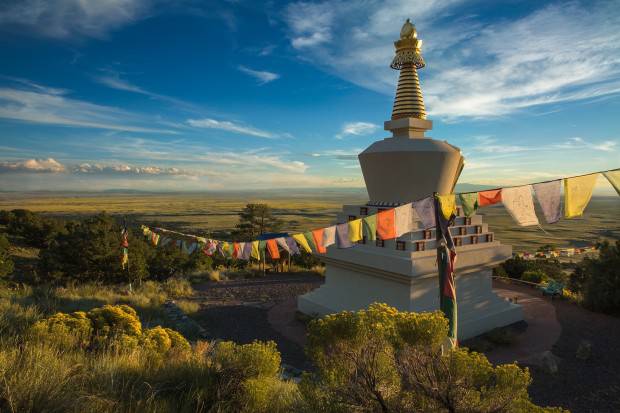
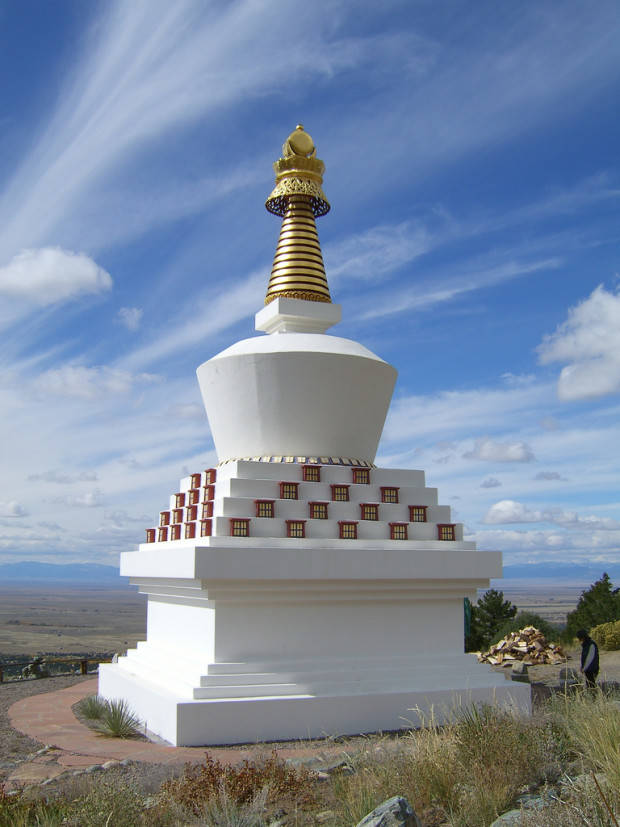
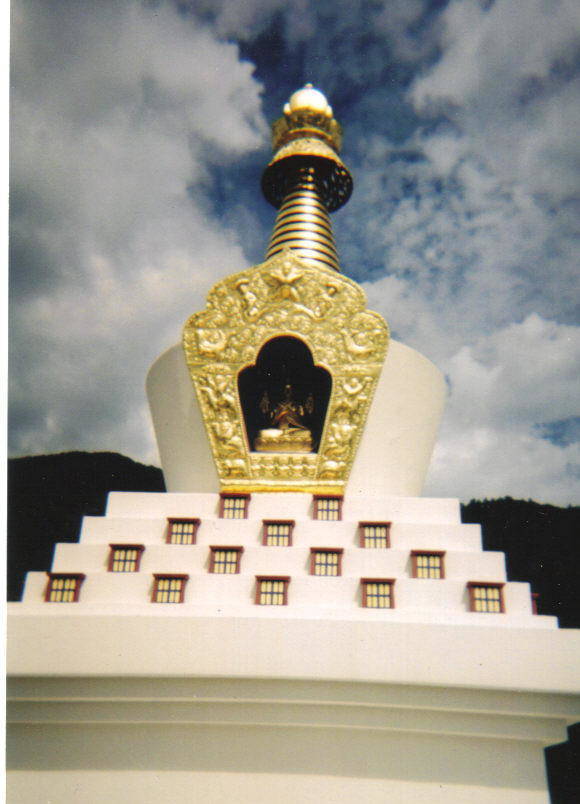


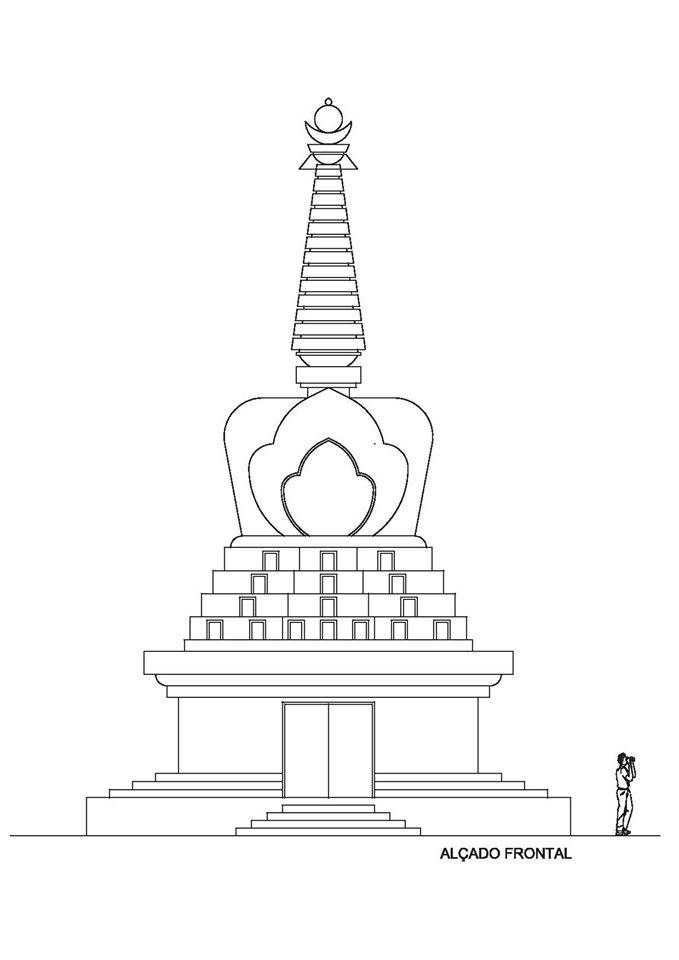

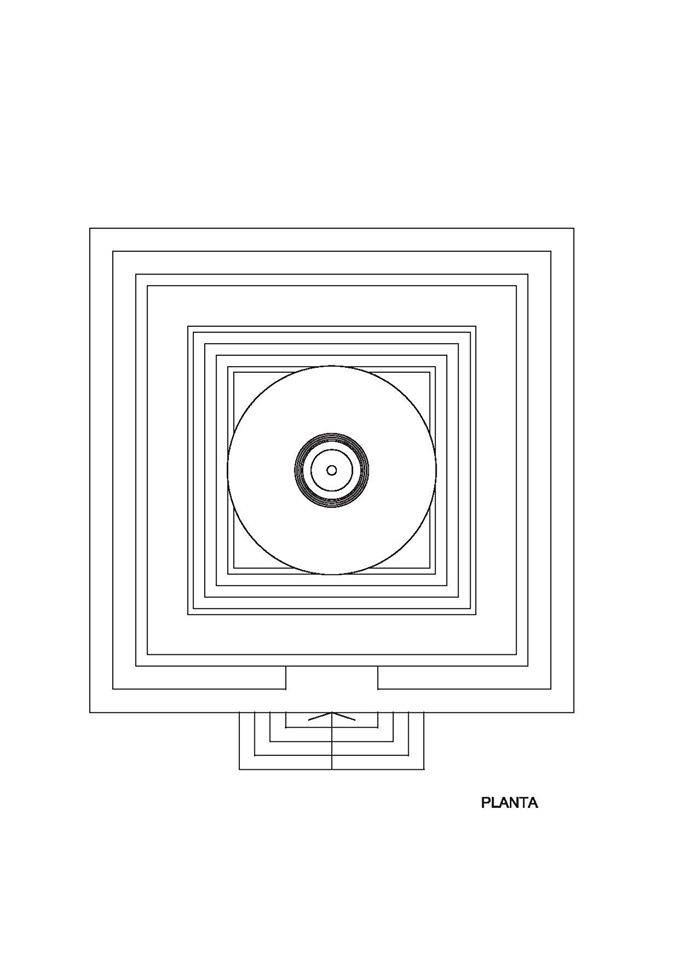
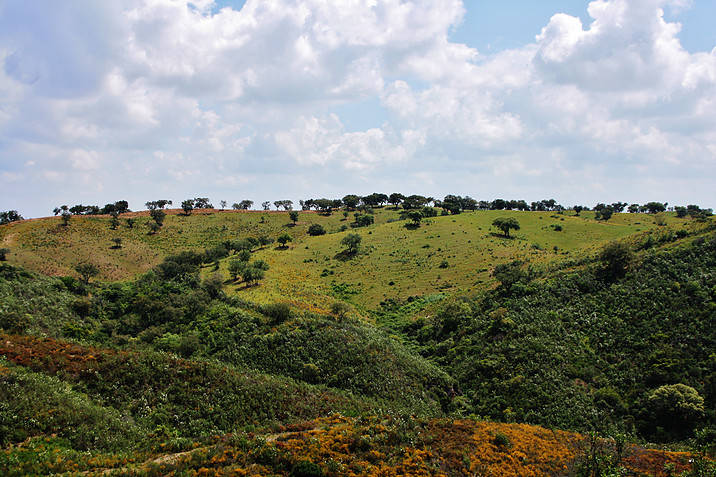

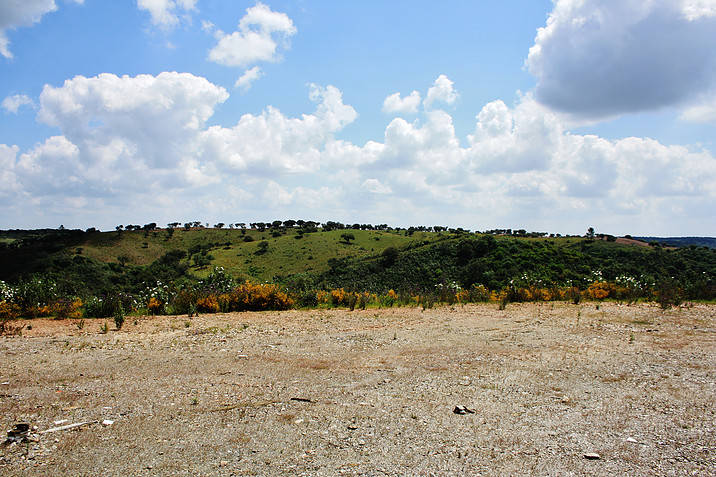

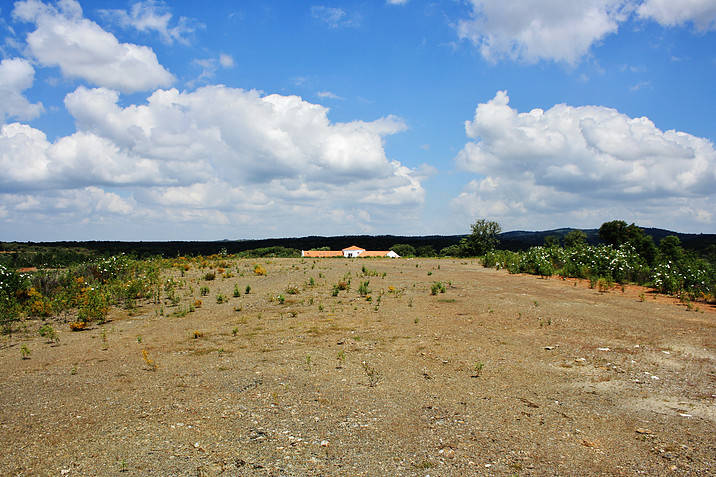


Thank you all worldwide